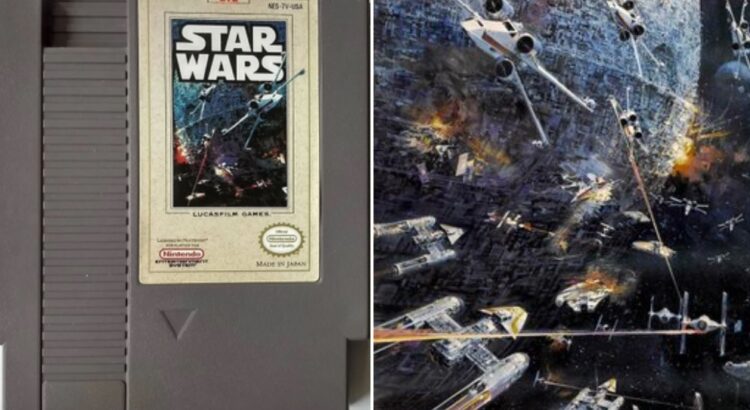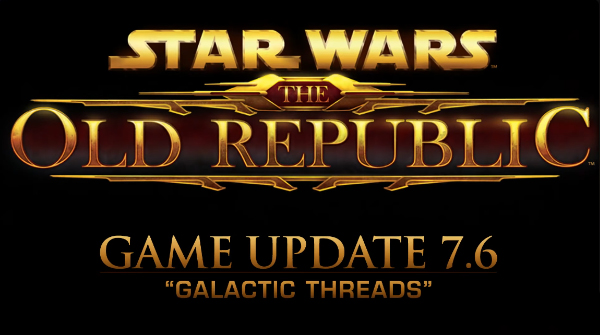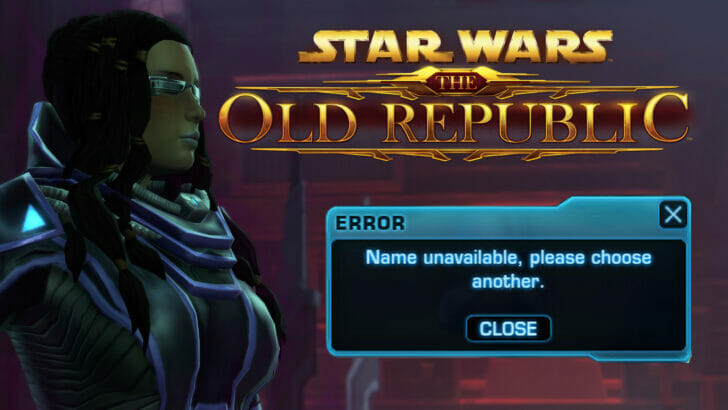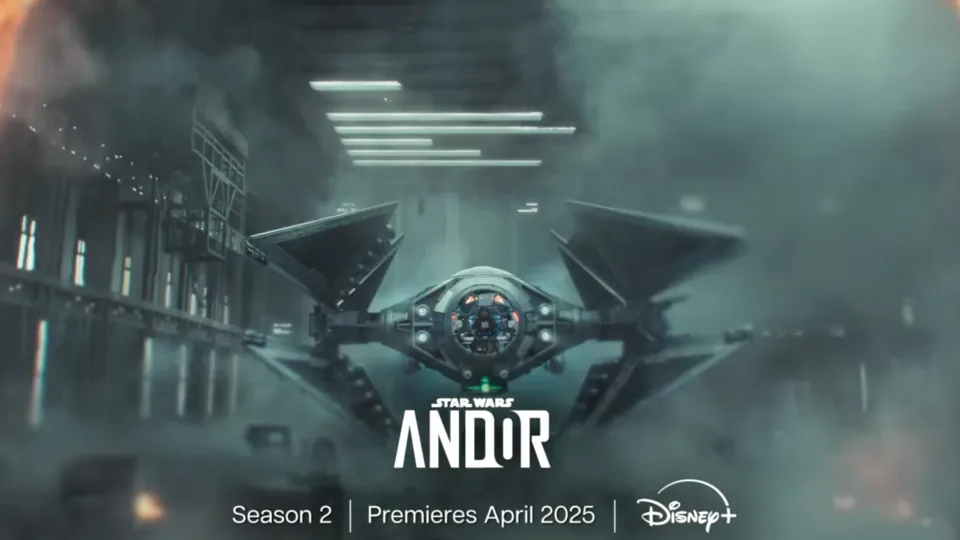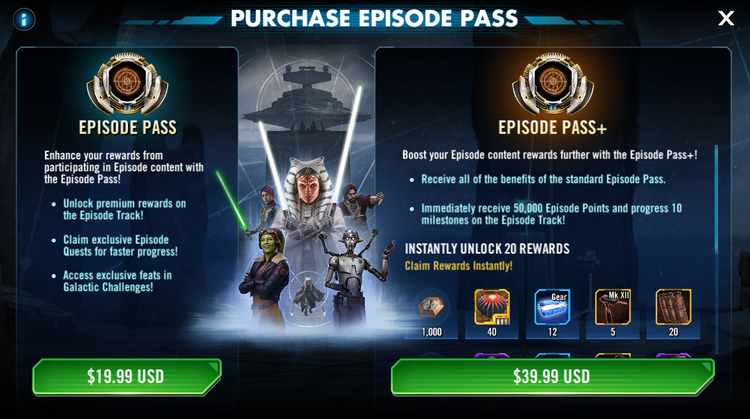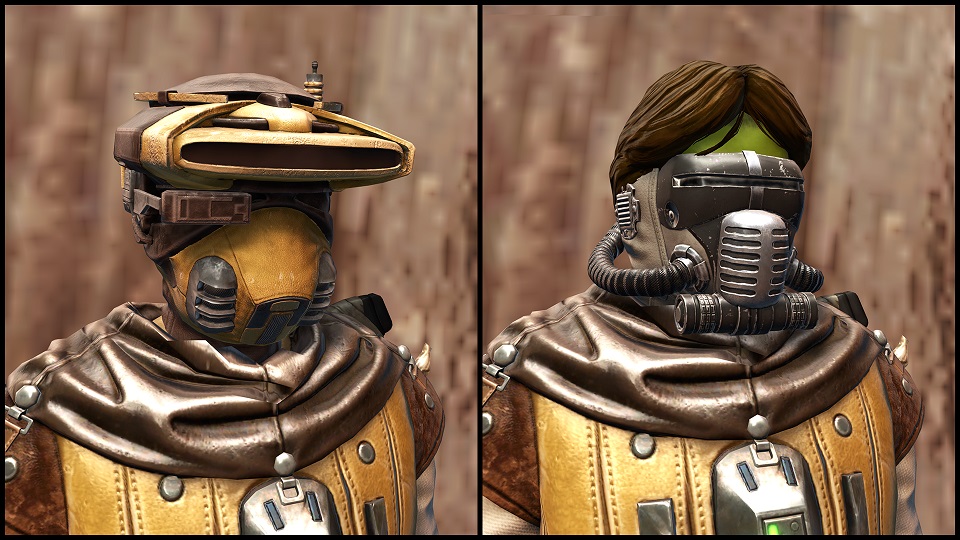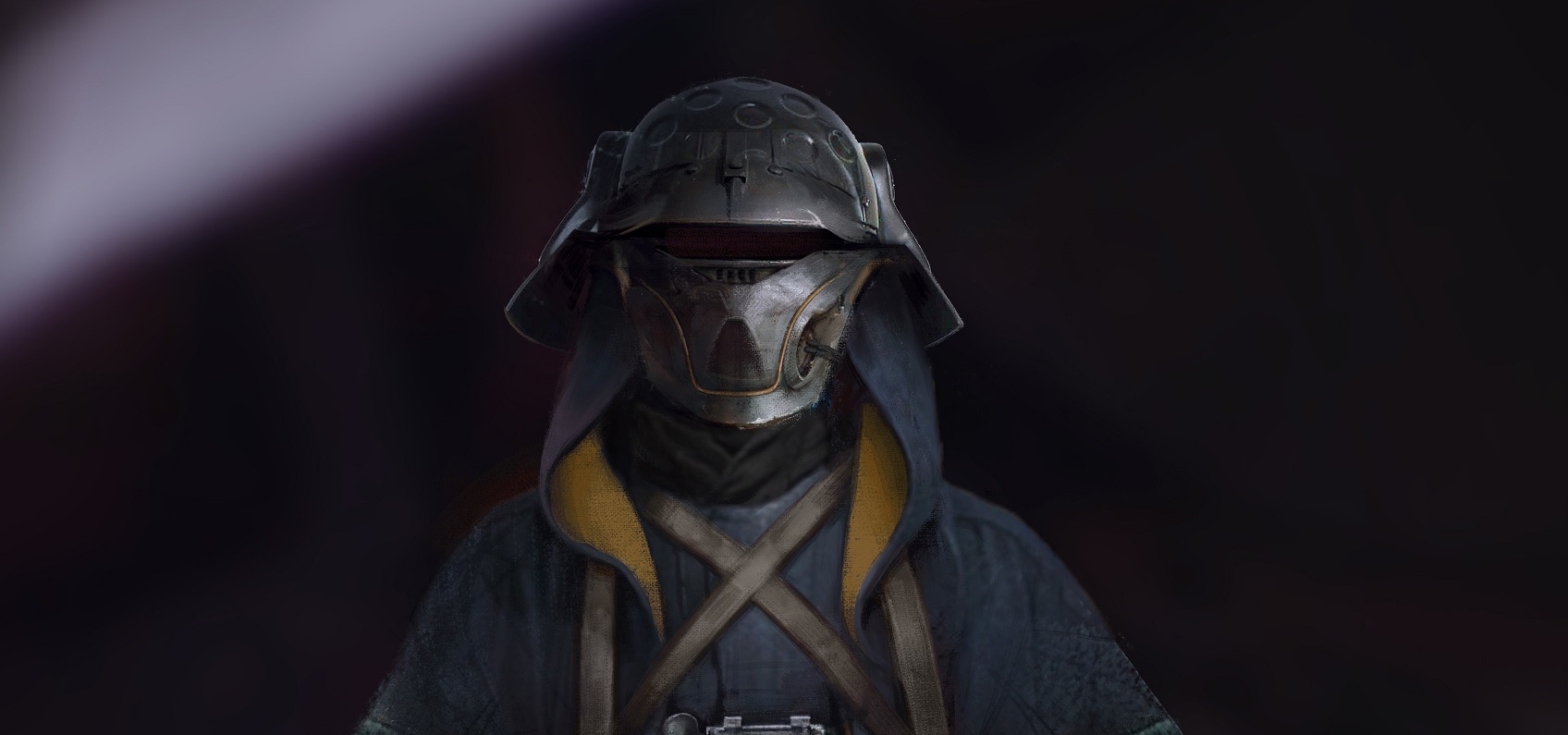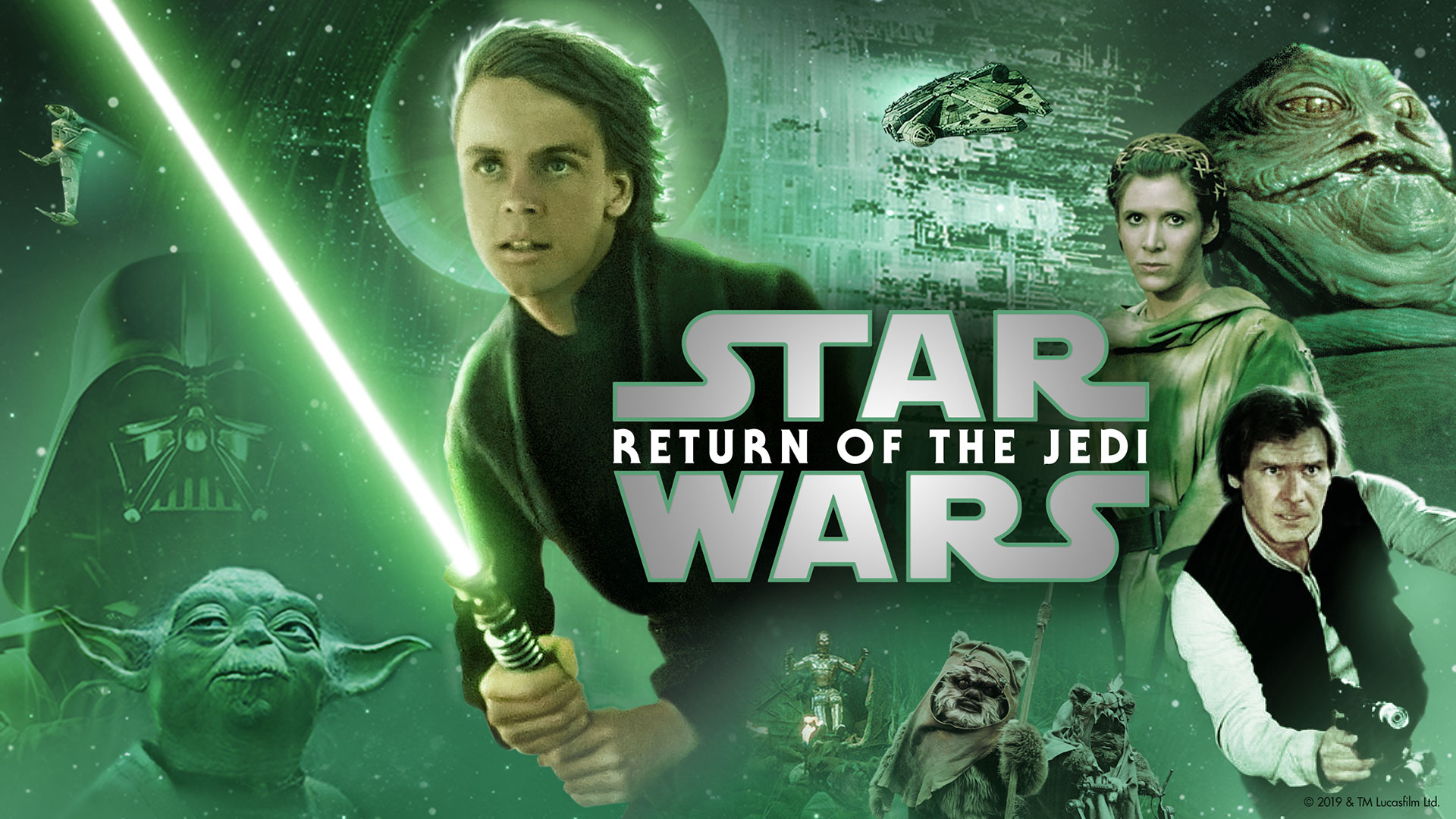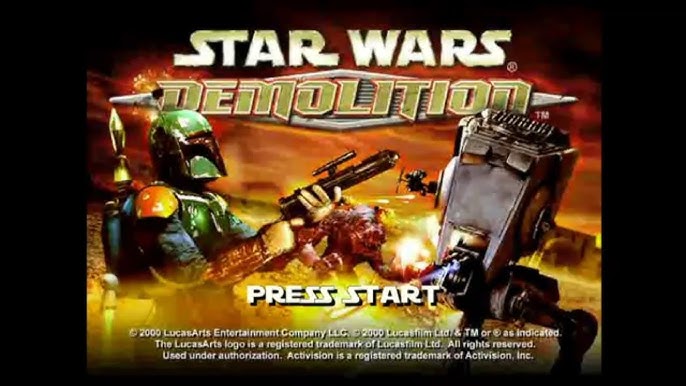It’s hard to believe, but it’s been 33 years since Star Wars on the NES hit the gaming scene, courtesy of Beam Software and Lucasfilm Games. Released in 1991, this title was an ambitious take on the galaxy-spanning saga of Luke Skywalker and friends. While it may not have had the flashy graphics of today’s games or a fully voiced Darth Vader telling you he’s your father (spoiler alert?), it certainly captured the imaginations of gamers everywhere with its retro charm, pixelated action, and John Berkey’s iconic artwork gracing its cover.
Let’s break down why this Star Wars NES game remains a significant piece of gaming and franchise history, how it played a role in our collective gaming memories, and why the artwork, originally designed for the 1977 soundtrack, continues to resonate.
The NES Star Wars Game: A Quick Look Back
The year was 1991. Nintendo Entertainment System (NES) consoles were in millions of homes, and the galaxy far, far away had already cemented itself as a cultural phenomenon. Enter Beam Software and Lucasfilm Games, eager to bring the Star Wars story to life in a side-scrolling action-adventure game. With pixel-perfect precision (well, as precise as pixels could get back then), this game loosely followed the plot of Star Wars: Episode IV – A New Hope.

What Made It Unique?
This NES adaptation allowed players to step into the shoes of Luke Skywalker himself, traveling from Tatooine to the Death Star in a quest to rescue Princess Leia, destroy the iconic space station, and save the galaxy. Not too shabby for an 8-bit hero’s journey.
- Non-linear Gameplay: Unlike many NES titles of the era, Star Wars allowed players to explore areas in a semi-open fashion, choosing the order of certain objectives. This was groundbreaking for its time, giving players a sense of freedom in tackling challenges.
- Playable Characters: Aside from Luke, players could recruit and switch between iconic characters like Han Solo, Princess Leia, and even the ever-loveable Chewbacca (though poor Chewie’s pixelated growls probably needed subtitles).
- Space Combat: The game featured space battle segments where players piloted the Millennium Falcon through waves of TIE Fighters. While primitive by today’s standards, it was a thrilling break from the platforming and shooting stages.
Despite its ambition, this NES game was also known for its punishing difficulty—a rite of passage for many retro gamers. There were moments that required pixel-perfect jumps and near-superhuman reflexes to survive the Empire’s traps. Was it frustrating? Yes. Did people still play for hours on end, determined to conquer the Death Star? Absolutely.

Beam Software and Lucasfilm Games: Pioneers of Licensed Video Games
Before Star Wars games became synonymous with sprawling narratives and AAA budgets, they were more modest, side-scrolling affairs. Beam Software and Lucasfilm Games (now LucasArts) worked together to craft a title that would faithfully bring the story and universe to life using the limited tools available.
- Beam Software’s Role: An Australian developer known for pushing NES hardware limits, Beam Software worked tirelessly to fit a cinematic story into a few megabytes of memory. They had already tackled complex games and weren’t afraid to venture into the galaxy.
- Lucasfilm Games’ Influence: By the early ’90s, Lucasfilm Games was known for creating narrative-driven experiences. They helped provide creative oversight, ensuring the game retained an authentic Star Wars flavor even when pixel limitations posed challenges.
The result? A blend of platforming, space battles, and classic NES charm that resonated with gamers, even if they occasionally threw their controllers in frustration.

John Berkey’s Artwork: The Star Wars Connection
A significant aspect of the NES Star Wars game that remains memorable is its cover art, which featured a stunning illustration by renowned artist John Berkey (1932-2008). Originally designed for the Star Wars 1977 soundtrack, Berkey’s artwork depicted the unforgettable confrontation between the Rebel Alliance and the Empire, capturing the epic scope of the saga.
Why This Art Matters
For many, Berkey’s artwork became synonymous with Star Wars’ aesthetic in the early days, long before CGI battles or high-definition graphics. His illustrations were a masterclass in sci-fi grandeur—spaceships battling against vast, cosmic backdrops. Here’s why it continues to stand out:
- Timeless Appeal: Even decades later, Berkey’s work is revered for its dynamic composition, sense of scale, and emotive storytelling. It reflects Star Wars’ sense of adventure in a single image.
- Bridging the Franchise: By featuring artwork initially created for the soundtrack, the NES game cover linked different aspects of Star Wars media, reinforcing the franchise’s interconnected nature and tapping into deep-seated nostalgia for longtime fans.
Berkey’s contribution provided the game’s cover with an artistic gravitas that, frankly, many other NES titles didn’t enjoy. It was eye-catching, bold, and, more importantly, it embodied the wonder of Star Wars in a way that no mere pixel art screenshot could.

Gameplay Features and Memorable Moments
Beyond its unique gameplay structure and artistic flair, the Star Wars NES game boasted numerous memorable features that kept players coming back for more. Here’s a rundown of some highlights that made it stand out:
1. The Tatooine Sandcrawler Level
Let’s set the scene: you’re a young Luke Skywalker, and your first mission involves wandering into a massive, maze-like sandcrawler to rescue R2-D2. Between battling Jawas and navigating treacherous platforms, this level was both a rite of passage and a trial by fire. It established the game’s no-holds-barred approach to difficulty.
2. The Millennium Falcon Missions
Few moments were as thrilling as taking control of the Millennium Falcon. Blasting TIE Fighters while navigating asteroid fields was a break from platforming and provided a taste of the galactic-scale battles that made Star Wars famous.
3. The Lightsaber Combat
Sure, Luke’s pixelated lightsaber didn’t have the satisfying hum or glow we expect today, but there was a certain joy in swinging it at stormtroopers and Imperial officers. The game’s combat mechanics were simple but effective, capturing the spirit of a hero’s journey without overcomplicating it.
4. Hidden Secrets and Collectibles
Beam Software knew how to keep players hooked. Scattered across various levels were hidden items, power-ups, and upgrades, rewarding exploration and adding depth to the game’s progression. For those willing to brave every pixelated nook and cranny, there were surprises aplenty.
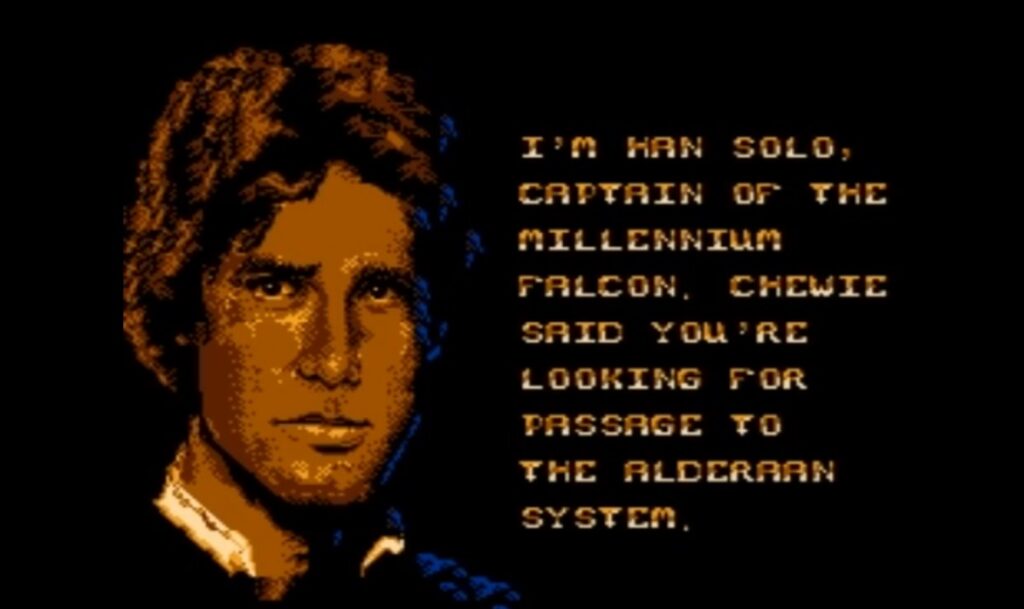
The Game’s Legacy and Impact
While modern Star Wars games like Jedi: Survivor and Knights of the Old Republic offer expansive worlds and cinematic narratives, the humble NES game remains an important part of the franchise’s history. Here’s why:
- Cult Status: The Star Wars NES game holds a special place in the hearts of retro gaming enthusiasts and Star Wars aficionados alike. Its difficulty, while frustrating, became a badge of honor, and completing the game was a testament to one’s skill and patience.
- Influence on Future Games: The NES game paved the way for future Star Wars adaptations. Elements like space combat and character-switching were reimagined and refined in later titles, proving that even simple mechanics could inspire greater innovations.
- A Time Capsule: Playing this game today feels like opening a time capsule—a glimpse into how far video games and Star Wars storytelling have evolved. It’s a reminder of simpler times when saving Princess Leia involved a controller with just a D-pad and two buttons.
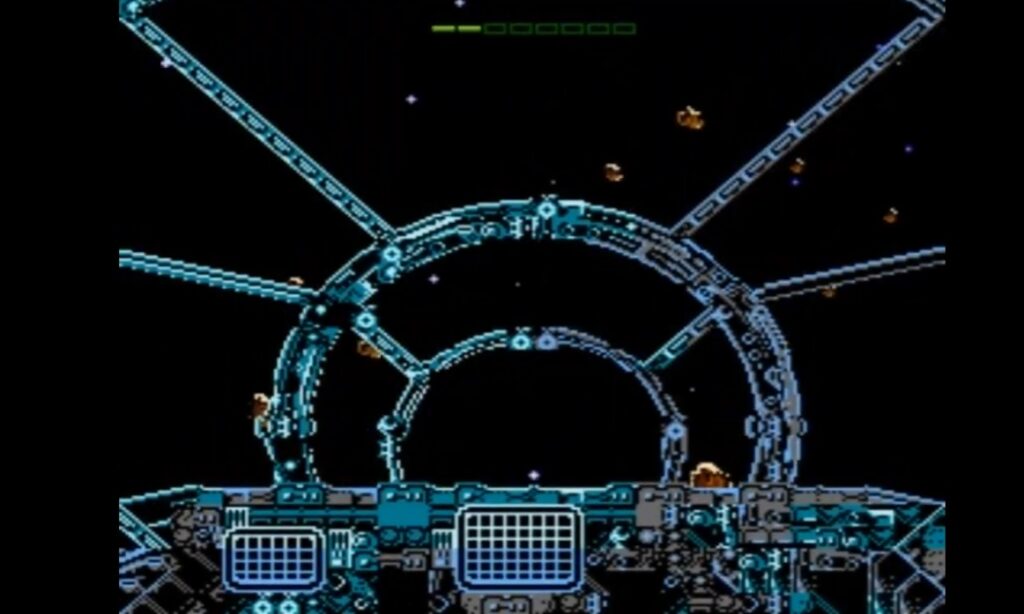
Conclusion: A Nostalgic Trip Worth Revisiting
The Star Wars NES game from Beam Software and Lucasfilm Games is a nostalgic gem that still holds a special place in the gaming and Star Wars communities. Whether you were battling your way through the sandcrawler, taking down TIE Fighters in the Millennium Falcon, or simply admiring John Berkey’s stunning cover art, there was always something captivating about this 8-bit journey through a galaxy far, far away.
So, as we celebrate 33 years since its release, let’s remember why this game, with its pixelated graphics and relentless difficulty, remains a cherished part of Star Wars history. It’s a reminder of how far we’ve come—and why we keep returning to the adventures of a moisture-farming kid turned galactic hero.
Stay up-to-date with the latest news, updates, and exclusive content! Click here to follow us on Google News and never miss a story from the galaxy and beyond.


